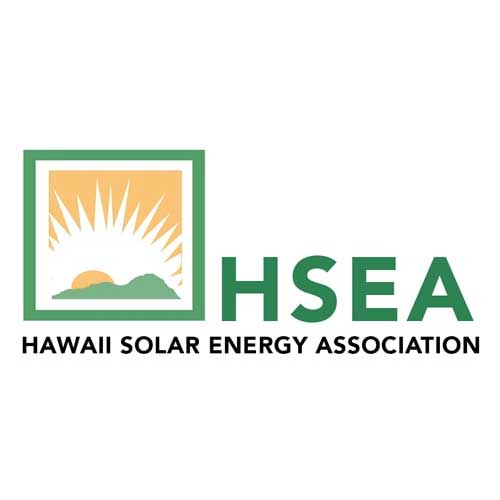
Solar Trends For the Solar Industry In 2016 And Beyond
Back when Haleakala Solar first got started in 1977, solar power had the reputation of being an alternative energy source for hippies. Today, solar is a booming industry throughout many parts of the state, nation, and the world. Here are some predictions from the experts for the solar industry in 2016 and beyond.
Global solar installations will continue to experience exponential growth
2015 was a banner year with 59 gigawatts of solar installed worldwide, representing a 34 percent increase over 2014. This demand is expected to continue, with GTM Research estimating 64 gigawatts of solar PV to be installed globally in 2016, bringing the cumulative international solar energy total to 321 gigawatts by the end of the year.
Solar will dominate the energy market within 12 years
Ray Kurzweil, an American inventor, computer scientist, author, and futurist, is known for his 86% accurate track record concerning the future of technology. Since the ‘90s, Kurzweil has made 147 predictions and 115 of them have been completely correct with an additional 12 predictions being correct, just with the timing being off by a year or two.
Now Kurzweil is forecasting that solar will become a major force in the energy sector, growing from its current 2% market share to 100% of the market in 12 years. While others anticipate 12% market share in 20 years using linear analysis, Kurzweil attributes this increase to what he calls the Law of Accelerating Returns, which means that new technologies experience exponential growth as they become smaller and cheaper. He points to solar’s high rate of growth and the fact that PV has been able to double its market share every two years – what is now 2% was only 0.5% in 2012. While this prediction sounds a little outlandish, keep in mind that Kurzweil used the same accelerating returns reasoning to predict the mobile Internet, cloud computing, and wearable tech nearly 20 years ago.
China is expected to remain world market leader for Photovoltaic
Solar power installations in China, already the world’s largest market, is expected to equal at least 19.5 GW in 2016, an increase of 14.7 percent over 2015. The government aims to raise their PV capacity by 20 GW annually until 2020 as part of their strategy to decrease air pollution.
In addition to being market leader for cumulative PV installations, China will continue to be the leading producer of photovoltaic solar cells due to incentives, political stability, and dedication from its entrepreneurs to stay in the top spot.
The U.S. will have a milestone year and take the number 2 position
With the extension of the federal Investment Tax Credit (ITC), PV installations in the U.S. is expected to hit over 10 GW for the first time ever and continue to grow, reaching 20 gigawatts per year by 2020.
In addition, Renewable Portfolio Standards (RPS) set by each state will bolster PV installations at the state level. Hawaii made headlines as the first state to enact a 100 percent renewable energy goal last year, while California and New York both increased their renewable goals to 50 percent by 2030.
Emerging markets will play a prominent role
The COP21 climate meetings outside Paris were attended and adopted by 196 nations who all agreed on a goal of limiting global warming to less than 2 degrees Celsius (°C) compared to pre-industrial levels. For many of the smaller nations, installing solar power is an attainable, cost-effective way to meet their promise to implement renewable energy in an effort to reduce climate change.
With the national solar installation target raised from 22 GW to 100 GW by 2022, we will see increased installations in India in 2016. Up to 3.6 GW of new solar capacity has been estimated, which represents a 70 percent boost over 2015.
Latin American countries, such as Brazil and Mexico, will be tested for their capability to meet their ambitions and actually execute projects. Other countries, including the Philippines, Pakistan, Bangladesh, Uruguay, Guatemala, and Panama will attempt to reach the 100 megawatt mark.
The off-grid solar sector will hugely impact people in Africa and Asia who don’t have access to the power grid
For the 1.2 billion people living without access to the electric grid, affordable off-grid solar solutions such as sun-powered portable lights and pay-as-you-go (PAYG) solar kits offer a more reliable service than kerosene, candles, battery torches, or other fossil-fuel powered bandaid technologies. With rising consumer awareness and lower prices, the market is projected to grow from 25 million households today to 99 million households in 2020. Consumer demand and sales-driven push for higher-margin products are expected to encourage more sales of solar home systems capable of powering appliances such as TVs and fans, with around 15 million households possessing a solar-powered TV and 7 million off-grid households using solar-powered fans by 2020, according to a report produced by Lighting Global and Bloomberg New Energy Finance in partnership with the Global Off-Grid Lighting Association.









